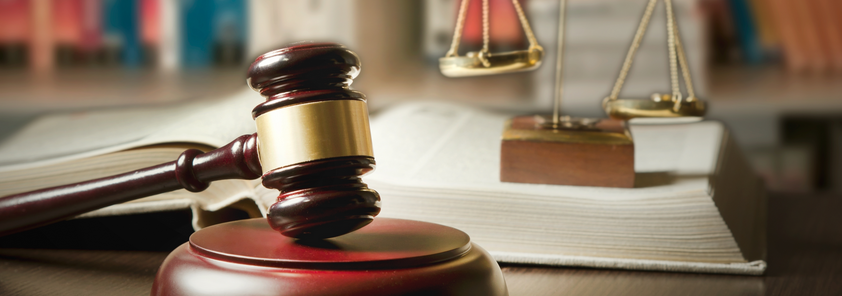In the Spring 2020 edition of IAM, Christopher Loh was quoted on what the current wave of biosimilar litigation signals for the future.
According to the article, the substantial increase in patent litigation involving biosimilar drugs over the past few years has raised important new strategic and legal questions for life sciences IP practitioners. The Biologics Price Competition and Innovation Act 2009, which created a new regulatory approval pathway for biosimilars in the United States, introduced a distinctive IP litigation framework. Centered on the multi-step exchange of information known as the ‘patent dance’, this framework also differs from that which governs generic small-molecule drug litigation.
Patent dance strategies seem to correlate to the number and type of IP rights protecting the relevant reference product. “The Biologics Price Competition and Innovation Act lawsuits we have seen so far can be divided into two categories,” comments Loh.
“The first category includes cases involving mature biologic products, such as filgrastim and epoetin, whose basic composition of matter patents and regulatory exclusivities had expired before the litigation started,” he explains. “These cases have tended to involve manufacturing patents filed later on in the product’s lifecycle. Because there was no regulatory exclusivity when the biosimilars were approved, the biosimilar producers took a relatively aggressive approach in interpreting the act’s patent dance provisions.”
The second category that Loh identifies is that where the reference biologic had a lengthy period of regulatory exclusivity remaining after the passage of the act. “In these cases, exclusivity incentivised both sides to participate in the patent dance. This allowed the biosimilar producers to gain some intelligence about the innovators’ patent portfolios, without any downside in terms of delay to launch date.”
Despite the flexibility that biosimilar producers have, participation in the dance is only likely to grow in years to come, according to Loh.


